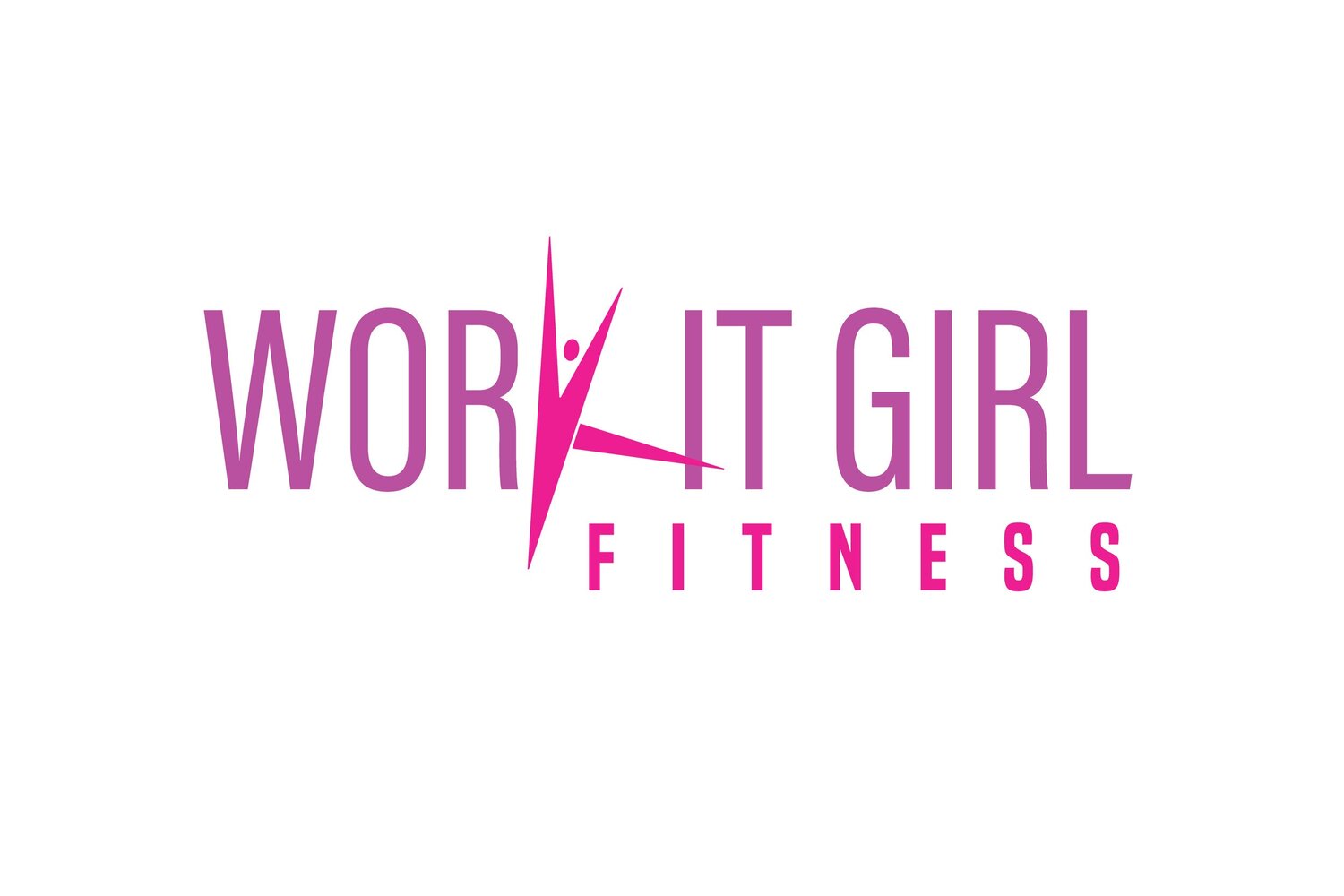If you’ve never taken a pole dance class before and aren’t active, you might find yourself sore after your first class. That is because pole dance uses muscles in ways that we don’t use on a regular basis. Your upper body and core especially might be particularly sore after your first class and what you experience is completely normal. Even people who exercise on a regular basis are sometimes sore after a pole dance class. I wish I could tell you this soreness goes away but it doesn’t, other parts of your body just start to hurt instead as you learn new moves. What I am going to tell you is how to get your muscles and bones prepared for pole dance.
Pole dance is going to shock your muscles. There really isn’t a way around that. To get your body ready, you want make sure your body is completely warm prior to you starting to dance. Do not rush or skip any parts of the warmup whether you are at home or in a class. Properly stretching and warming up is the best possible way to prevent major injury while you are dancing. I really can’t stress that enough. Make sure to stretch and warm up BOTH SIDES of your body. Most of us have a stronger side and a weaker side. Don’t neglect the weaker side just because it might hurt a little more. Don’t push yourself but definitely don’t ignore the “special” side of your body.
If you start to feel uncomfortable or any kind of pain during class, stop and take a break. It is totally okay. While you are taking your break stretch out your muscles a little more and do some light exercises. If you are at a studio where you will be sharing a pole, the starting and stopping while another group is dancing could start to cool your body down. This could cause injury if you start to dance again if your body has gotten cold so make sure to stay warm! I am really big on staying warm and stretching in case you couldn’t tell; it makes a huge difference in how the body reacts to pole dance.
So, you take your first class and don’t feel any soreness after class or most of the next day after class. But then you wake up and everything hurts! How?? You thought you were in the clear, huh? Like any exercise that involves using your body weight, pole dance is subject to delayed onset muscle soreness, or DOMS. The soreness you feel is actually your body putting your muscles back together! Yay! The good thing if you keep pole dancing this feeling will go away as your body gets used to it. Typically, by your second class, you shouldn’t feel the effects of DOMS nearly the same way. It is recommended that beginners do not take back to back pole classes to give your body the time it needs to rest and recover. At a certain point, if you don’t allow your body to rest, you won’t get good results because you won’t be able to work as hard. Soreness is a reward for all your hard work so enjoy it! It means you are changing your body.
In addition to muscle soreness, joint pain is also a concern that people have about pole dancing. Pole dancing isn’t rough on your joints and bones at all. Again, you will want to take the time to properly warm the body up so your joints and bones are ready for use. If you have weaker bones, consider dancing in leg warmers and/or long t-shirts to keep the body warm. Pole dance doesn’t put a lot of stress on your joints since no move is a continuous repetitive activity such as running or jumping rope so it is a safe form of exercise for those who might suffer from joint pain. Also, since you are constantly gripping the pole with your hands, you are strengthening these muscles and less prone to strain injuries.
The key to making sure your joints and bones stay healthy is to make sure the muscles around them are active and strong which pole dance provides. Pole dance has a lot more to do with muscle control and engagement than it does with your joints and bones. More common injuries in pole dance have to do with muscle tears and strains, not the bones. If you find that you are not able to do certain moves because of joint pain, first rest. Second ask your instructor for modifications to the moves so that you feel comfortable doing them. You might want to start with classes that focus more on conditioning/strength training or sensual movement instead of jumping right into pole tricks. Either way you are still moving your body and getting a great workout!
Pole dance is new form of exercise for mostly everyone who tries it. The best advice I can give is to ease your body into it, sit down and rest when necessary, and properly warm up and stretch to avoid major injury. Your muscles and bones will adjust and your body will thank you for the great workout!
